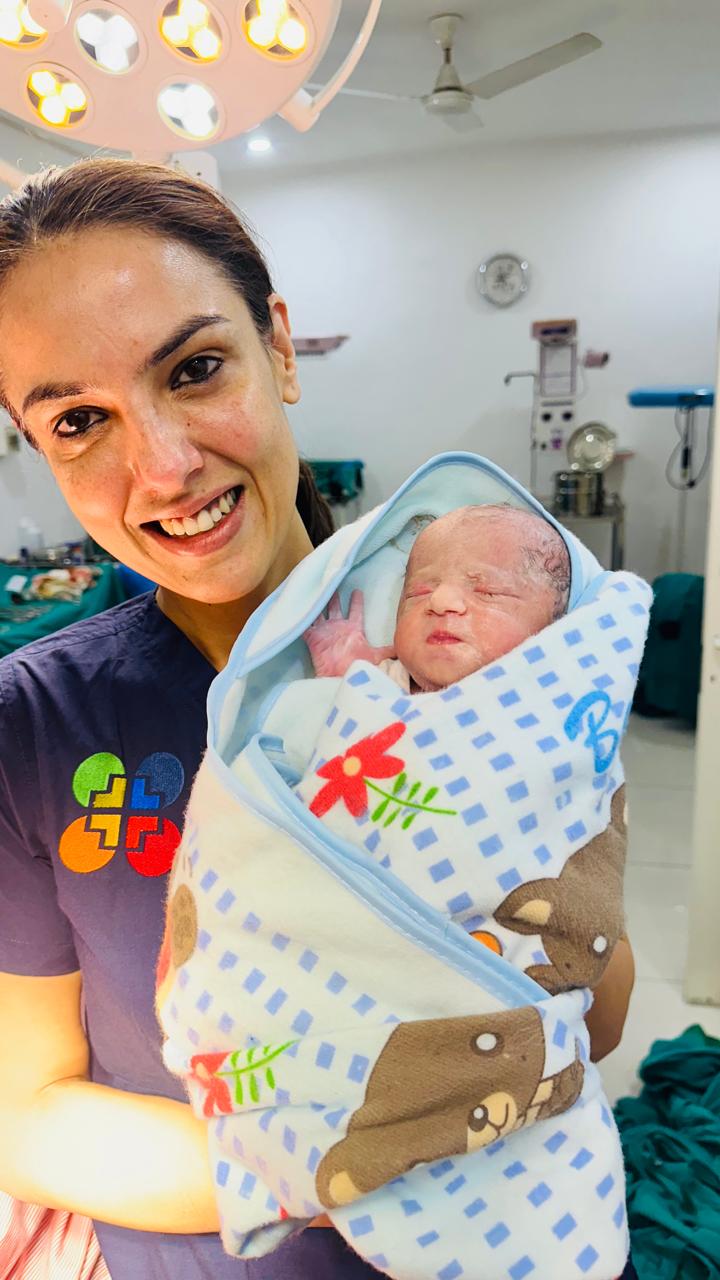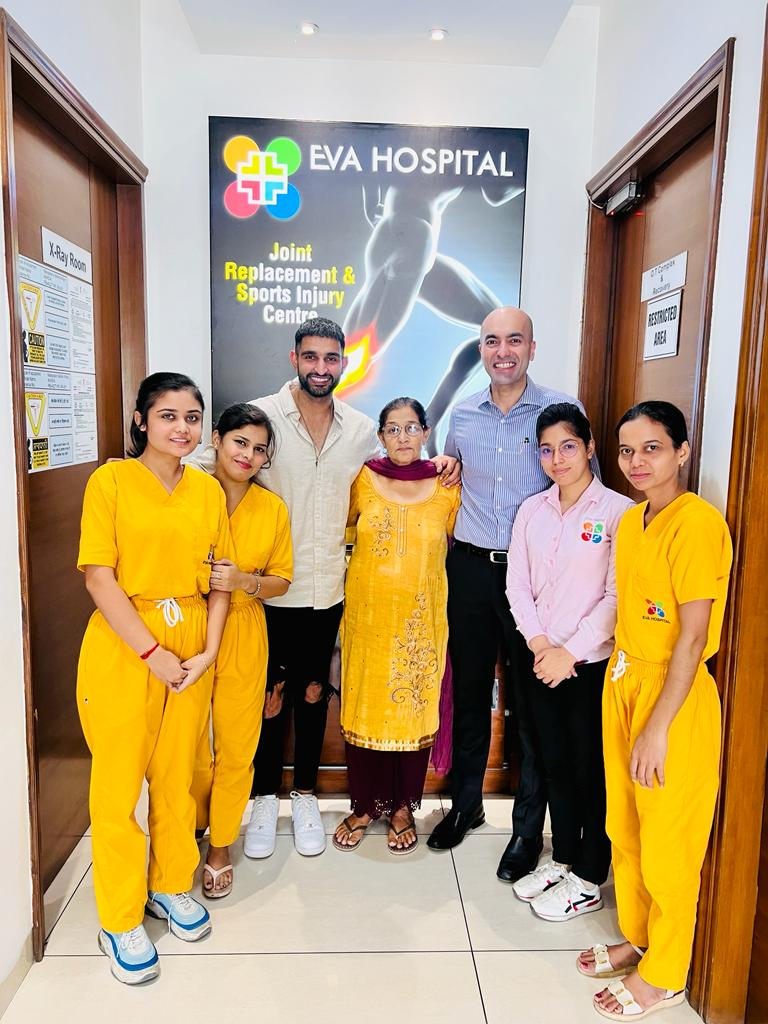[vc_row el_class=”cstm_container”][vc_column][vc_column_text]For most people “tennis elbow” is just something that Sachin Tendulkar had. It gives a vague idea of elbow injury in sportspersons.
However, it is not only a sports injury. Actually, some people might suffer from the condition without recognizing it.
What is Tennis Elbow or Lateral Epicondylitis?
Lateral Epicondylitis is a painful condition of regeneration of the tendons on the outer part of the elbow. It causes pain while performing actions such as gripping, lifting, and grasping.
The pain persists in the restful state too. It can affect anyone, not just sportspersons. A plumber, a mechanic, or even a homemaker may suffer from it.
What is the Cause of Tennis Elbow?
The primary cause is overuse.
You may ask- how can one overuse an elbow joint? Well, all actions involving the forearm, if done repeatedly with force over a period of time cause tennis elbow.
To understand the causes leading to Lateral Epicondylitis, we must understand the structure of the joint.

The two bones of the forearm are the radius and ulna, supported by the muscle Extensor Carpi Radialis Brevis(ECRB), which helps to straighten and support the wrist.
It is attached to tendons that transmit its power to the bones in the outer part of the elbow (lateral epicondyle).
Overuse happens in repeating actions that use the ECRB muscle, such as the groundstroke in tennis.
Other similar manual tasks such as painting, cleaning, operating machinery, or even dusting may lead to Lateral Epicondylitis. The muscle weakens and microscopic tears are formed in the tendons.
The other less common causes are trauma and osteoarthritis. A physical impact or bone weakness causes tendon tear. The result is pain and inflammation.
Common Symptoms of Tennis Elbow
Symptoms of tennis elbow appear gradually. In the beginning, pain is mild and is only triggered with certain actions – lifting weight, carrying stuff, and twisting or squeezing.
The pain is located in the outer bony bump of the elbow which spreads to the forearm. The severity increases when we repeat similar actions.
Lateral Epicondylitis affects the more active arm, however, it may affect both the elbows.
The symptoms become severe with time and negligence. A simpLateral Epicondylitis action like lifting a teacup also becomes painful and difficult.
Treatment for Lateral Epicondylitis
Non-Surgical Treatment
The main objective of treatment for Tennis Elbow is relieving pain and controlling inflammation.
Rest: Complete rest to the arm and wrist and not performing painful actions.
Pain killers: Non-steroidal anti-inflammatory drugs may be prescribed by the doctor to lend relief from pain and inflammation.
Ice pack: Cold fomentation with an ice pack thrice a day speeds up the healing process.
Brace: A constrictive strap provides rest, support, and prevention of worsening the condition. The braces act as auxiliary muscles to the ECRB and a suitable alternative for patients with extreme pain who do not respond to other forms of treatment such as physiotherapy or injections.
Braces prevent further wear n tear and reduce pain in the long term.
Steroidal injections: Corticosteroid injections have been found to provide short-term relief, especially when the patient is in acute pain. The injections are administered directly into the area.
Your consulting orthopedic surgeon can advise you better, considering the condition and personal need.
Strengthening Exercises: Strengthening exercises are the most effective long term treatment for Lateral Epicondylitis.
They build up the forearm muscles and prevent a recurrence. Fist clench, wrist extension, wrist flexion, and supination are some of the stretching workouts for the affected arm.
However, you must consult your doctor before starting them
Surgical Treatment for Tennis Elbow
When the symptoms of Lateral epicondylitis persist and the patient does not respond to conservative treatment even after six months, surgery is considered.
Dr. Tanveer Bhutani, known for his expertise in treating joints and bone problems, specializes in treating elbow problems.
He says,” We personalize the treatment for each patient according to the root cause. If an operation is needed, we consider the options of minimally invasive Arthroscopic surgery and Elbow Joint Replacement.”
The right approach and experience are very important in contemplating surgery.
Recovery
Tennis elbow can be a very annoying, painful, and lingering condition if not addressed properly.
Talk to your bone and joint surgeon in Ludhiana to discern the best treatment alternative for you.[/vc_column_text][/vc_column][/vc_row]

















